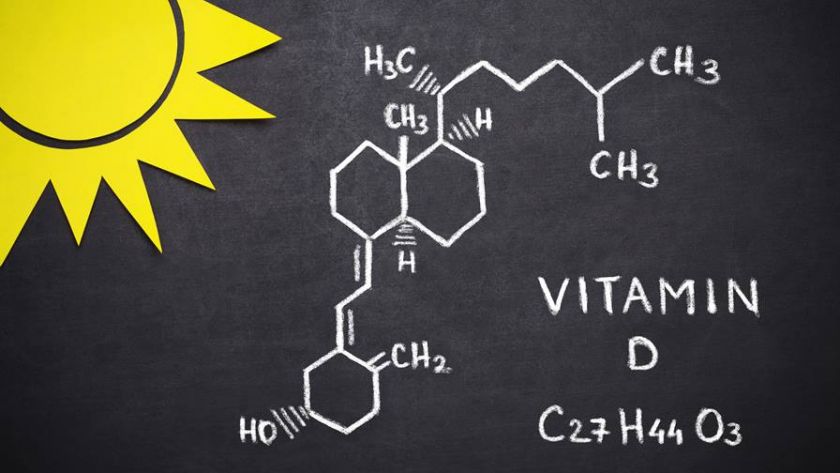“I take 2000 IU of Vitamin D, each day (most especially during the winter months).”
It is well-reported that during periods of heavy training and racing, athletes are more susceptible to, and may experience, an increase in upper respiratory infection (URI). A “window of altered immunity” following prolonged or heavy exertion exists (that may last between three and 72 hours), wherein many components of the immune system exhibit change. This window is an opportunity for viruses and bacteria to gain a foothold. In addition, factors such as travel, low energy availability, and high levels of stress and anxiety also put athletes at risk. So, what can we do from a nutritional and lifestyle standpoint to combat getting sick?
The Core Diet Immunity Scorecard provides an opportunity to check in with yourself and your coach to ensure you are taking all steps possible to stay healthy. Vitamin D is a piece of the immunity puzzle. Read below to find out more.
- Vitamin D is a fat-soluble vitamin that is known for its important role in increasing intestinal absorption of calcium, magnesium and phosphate, but also plays a part in many other biological functions, including immune function.
- Some foods naturally contain a significant amount of vitamin D, however the body can also make vitamin D when skin is directly exposed to sunlight (UV radiation). Those with dark colored skin, those that use sunscreen or clothing to protect from the sun, and those that are indoors often, will have reduced vitamin D synthesis. Your risk for vitamin D insufficiency is significantly higher in the winter due to lack of sunlight.
- There are many recent studies that suggest that a significant prevalence of vitamin D insufficiency in athletes exists. One meta-analysis reviewing 23 studies with 2313 athletes found that 56% had vitamin D inadequacy.
- At the same time, an association between low vitamin D status and incidence of respiratory tract infection has been well established in research. For example, in one study, 27% of athletes with vitamin D levels above 48 ng/mL experienced one or more URI over a 4-month period, compared to 67% of those with levels below 12 ng/mL.
- The recommended dietary allowance (RDA) for vitamin D for adults 19-70 years old is 600 IU. The upper tolerable limit (UL) is 4000 IU in adults. Although recommended intakes for athletes do not exist as a separate subgroup, it is well accepted that the athletic population does likely exhibit higher needs. According to the American Society for Endocrinology, many adults need a maintenance dose of 1500-2000 IU/day.
- Foods that have naturally occurring vitamin D include fish such as swordfish (566 IU in 3 oz), salmon (447 IU in 3 oz), and tuna (154 IU in 3 oz). Beef liver and eggs provide vitamin D in small amounts (40 IU in 3 oz liver or 1 egg). Almost all of the US milk supply is fortified with vitamin D (115-125 IU in 8 oz).
- Taking a vitamin D supplement (dosage of 1000-2000 IU/day), such as Klean D, if you have limited dietary intake and/or limited exposure to direct sunlight (ie: use of sunscreen, dark-colored skin or in winter/spring seasons) is considered a safe and prudent recommendation to promote immune health. Documented vitamin D insufficiency would also indicate supplementation (in athletes, levels <40 ng/mL).















Comments